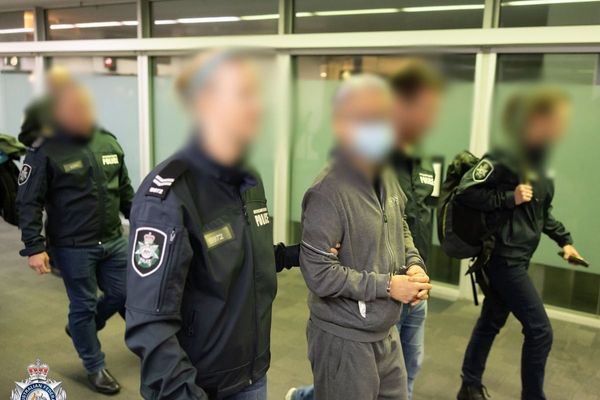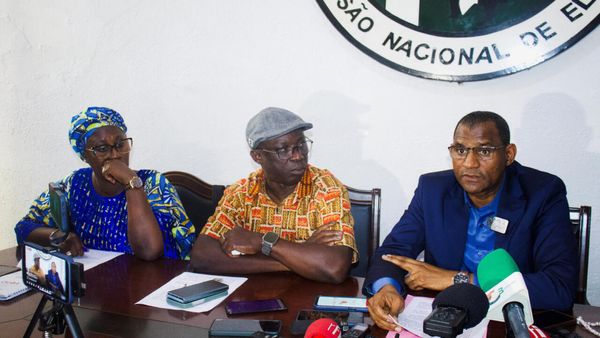
Dozens of people were killed in a violent dispute between two warring tribes in Papua New Guinea, authorities reported on Monday.
One of the tribes was ambushed in the Enga province on Sunday as they were on their way to mount an attack on a neighbouring tribe, Royal Papua New Guinea Constabulary Acting Superintendent George Kakas told Australian Broadcasting Corp (ABC).
He said: “This is by far the largest [killing] I've seen in Enga, maybe in all of Highlands as well. We're all devastated, we're all mentally stressed out. It's really hard to comprehend."
Graphic images of the scene revealed bodies being loaded onto a truck, the media outlet reported. Authorities confirmed 26 people were killed in the attack. Kakas said police were still counting “those who were shot, injured and ran off into the bushes”.
The Australian Prime Minister Anthony Albanese said his government was ready to assist Papua New Guinea, which is Australia’s nearest neighbour and the largest single recipient of Australian foreign aid.
“That is very disturbing the news that has come out of Papua New Guinea,” he said. “We remain available to provide whatever support we can in a practical way, of course, to help our friends in PNG.”
Papua New Guinea Prime Minister James Marap said he was concerned about the tribal violence in Enga, and urged them to lay down their weapons.
He said: “If there are community disputes, there are ways to deal with the community disputes. Lay down your arms. A lot of disputes will be resolved. One killing or two killings doesn’t solve the problem. It contributes towards more problems.”
How many tribes are there in Papua New Guinea?

Tribal violence is “something that happens commonly,” according to Papua New Guinea government lawyer, Oliver Nobetau.
He said: “Tribal violence is something that is prevalent and the government with its limited resources will try to deploy the police wherever they can to try to curb the security issues.”
Papua New Guinea is an island country situated near the Pacific Ocean. It has a population of 10.5 million, according to the World Population Review. There are 840 languages spoken on the island and are more than 600 distinct tribes.
Many of these tribes share similar costumes, language and history but some have been cut off from each other and the outside world such as the Korowi people.
When did the violence begin?
Tribes in the country have been engaged in conflict for centuries. The disputes often involve land ownership and resources such as livestock and crops. An Engan community leader told the Guardian that tribal fighting had been used to resolve conflicts since before colonisation.
“It has been there … for time immemorial, but there were rules, do not kill children, women and girls, and the old or persons living with disabilities,” he told the Guardian.
Why has the violence got worse recently?
While tribal violence is not an unusual occurrence in the country, recently the outbreaks have been escalating due to a mix of factors such as weakened authorities, law and access to weapons. Since the re-election of Marape in 2022 and accusations of cheating and attacks between tribes have increased. In September last year, police had placed the entire Engan province under lockdown after the attacks became so frequent, the ABC reported.
Human rights activist and community organiser Ruth Kissam told the Guardian: “The general view is that there’s no strong rule of law in the country and that is adding to the breakdown of law and order.”
‘“Equal and consistent disbursement of public services to the people have dwindled in the last two decades and in its place, jungle and tribal justice has taken over. As a country, it is frightening.”
The limited police resources are also a contributing factor, with many cases of tribal violence in rural parts being unreported.
The police-to-population ratio stands at one officer for every 1,845, which is below the United Nation’s recommendation of 2:2 officers per 1,000 people.







